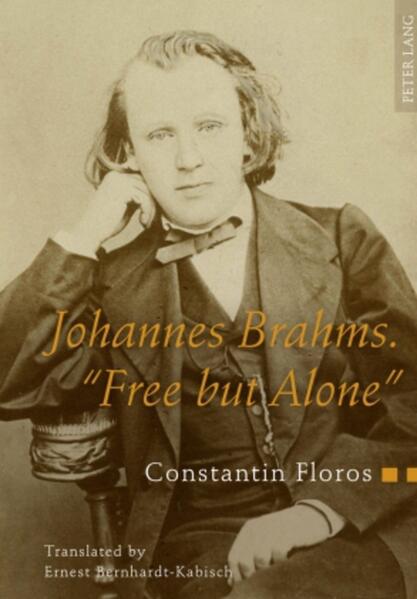
Zustellung: Mi, 23.07. - Sa, 26.07.
Versand in 7 Tagen
VersandkostenfreiBestellen & in Filiale abholen:
Johannes Brahms was until now widely regarded as the archetype of the «absolute musician». Based on new research, the study shows how close autobiographic and poetic elements are in fact linked to his oeuvre. Like Robert Schumann, Brahms subscribed to an aesthetic of «poetic» music. In many of his compositions he got his inspiration from personal experiences, poems or images, as is shown by hitherto unpublished documents, letters, and diary entries, as well as from close analyses of individual works. Brahms's personality, too, is seen in a new way. He adopted Joseph Joachim's motto «Frei, aber einsam», «Free but Alone». The tonal code F - A - E, the musical symbol of this, recurs frequently in his works. Not least, the English version of the book, originally published in German in 1997, includes four additional chapters that investigate novel aspects by dealing in detail with the First Symphony, the German Requiem, Nänie and the Four Serious Songs. The American Brahms Society stressed the importance of the study for all those who want to come to know the unknown Brahms.
Inhaltsverzeichnis
Contents: «Frei aber einsam»: Solitude as the price of Freedom - Polarities - A «prickly» character - Tone ciphers - Biographical backgrounds in Brahms's music - Between the Fronts - The Principle of Hope - The second Beethoven? - The relation to Schumann - Poetic elements in the piano music - Violin Sonatas from Songs - First and Fourth Symphony - A German Requiem - Nänie - Four Serious Songs - Hanslick's Image of Brahms - A Janus Head - Why Brahms is so universally beloved.
Jetzt reinlesen: Inhaltsverzeichnis(pdf)Produktdetails
Erscheinungsdatum
09. Juli 2010
Sprache
englisch
Auflage
1. Auflage
Seitenanzahl
302
Autor/Autorin
Constantin Floros
Verlag/Hersteller
Produktart
gebunden
Abbildungen
num. fig. and examples of notes
Gewicht
505 g
Größe (L/B/H)
216/153/20 mm
ISBN
9783631612606
Entdecken Sie mehr
Bewertungen
0 Bewertungen
Es wurden noch keine Bewertungen abgegeben. Schreiben Sie die erste Bewertung zu "Johannes Brahms. 'Free but Alone'" und helfen Sie damit anderen bei der Kaufentscheidung.









